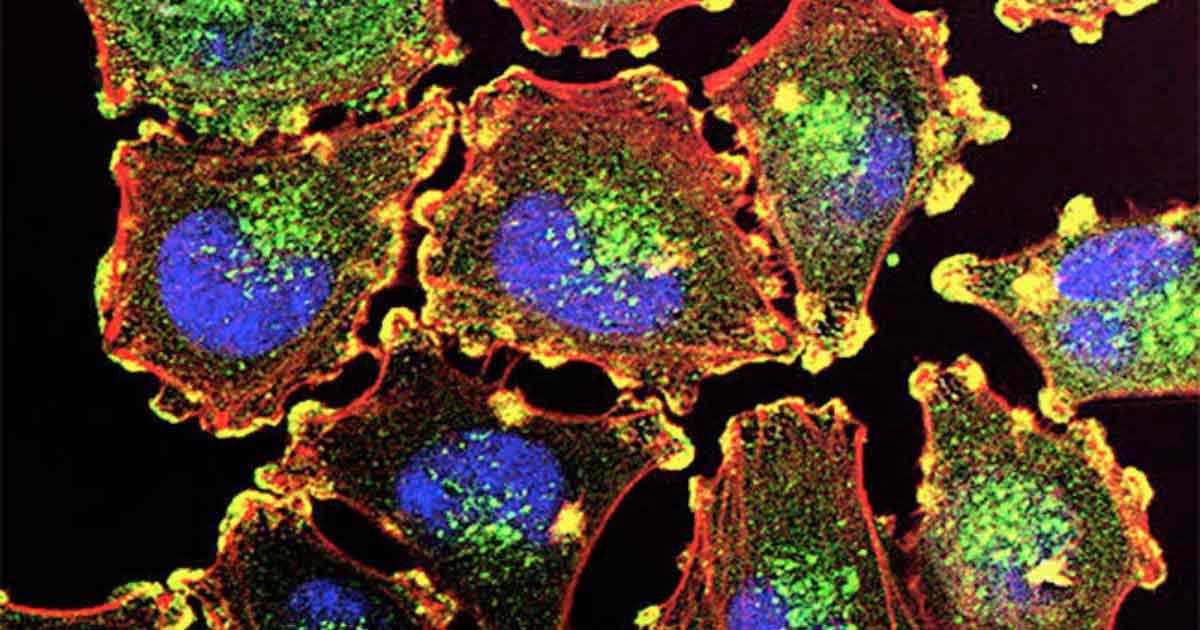
The number of people diagnosed with melanoma, the most serious type of skin cancer, has risen steadily over the past few decades. However, death rates from melanoma have not, which has raised concerns about overdiagnosis within the medical community. Overdiagnosis is diagnosis of a medical condition that never would have caused symptoms or problems, even if it had never been diagnosed and treated.

Research studies have identified several potential drivers of this overdiagnosis such as heightened patient anxiety, a desire among physicians to avoid missing cancer cases, and potential financial incentives.
But a recent study published in JAMA Dermatology took a different tack, examining the extent to which variability among pathologists might also contribute to overdiagnosis. The study involved 338 pathologists who provided over 11,000 diagnoses of 240 different skin lesions.
“We analyzed a dataset of a collection of melanocytic skin biopsy cases. Each case in the collection was interpreted independently by multiple different pathologists. Our aim was to identify characteristics of pathologists who gave more severe versus less severe diagnosis to the same case.” said first author and University of Washington Professor of Biostatistics Kathleen Kerr.
The results found that different pathologists diagnosing the same skin biopsy often gave different diagnoses. What was especially surprising was the discovery that pathologists with specialty training in dermatopathology were likely to give more serious diagnoses, including more diagnoses of invasive melanoma.

When the study team looked more closely at the data, the “extra” diagnoses of invasive melanoma by dermatopathologists were concentrated in diagnoses at the earliest stage of the disease. These are instances where the melanoma diagnosis is more of a judgment call.
This key insight about the type of lesions being overdiagnosed came thanks to direction from co-author Dr. Raymond Barnhill, a pathologist at Institut Curie, Paris, and professor at the Faculty of Medicine, University of Paris.
Barnhill said he long suspected that “a subset of early melanomas are probably not true biological melanoma (in the vast majority of cases) but rather are abnormal but nonmalignant tumors that mimic melanoma…thus my hypothesis was that a subgroup of early or low-risk melanomas may in reality be these abnormal tumors that are being ‘overdiagnosed’ by dermatopathologists.”
Reaction to the study remains to be seen but investigators offered thoughts on potential ramifications of their research.
“Our findings sparked concerns that specialized training in dermatopathology may inadvertently be contributing to the escalating rates of overdiagnosis, and while specialty training is essential for accurate diagnoses, we must be cautious about potential unintended consequences,” said co-lead investigator Dr. Joann G Elmore, a professor of medicine at the David Geffen School of Medicine at UCLA.
Kerr hopes their research catches the attention of pathologists, though she suspects that the findings may be somewhat controversial.
“It will be interesting to see how pathologists react. One possibility is that our study might generate more support for proposals to use different diagnostic terms for skin biopsies that fall into the difficult gray area of being neither clearly benign nor clearly malignant. An alternative label could acknowledge that the lesion isn’t normal and that it carries some potential to become malignant, but that the potential is extremely low,” said Kerr.
Kerr also suggested that the current study might motivate individual pathologists to consider how they diagnose cases and how they might tend to overcall cases.
Contact: Kathleen Kerr, katiek@uw.edu